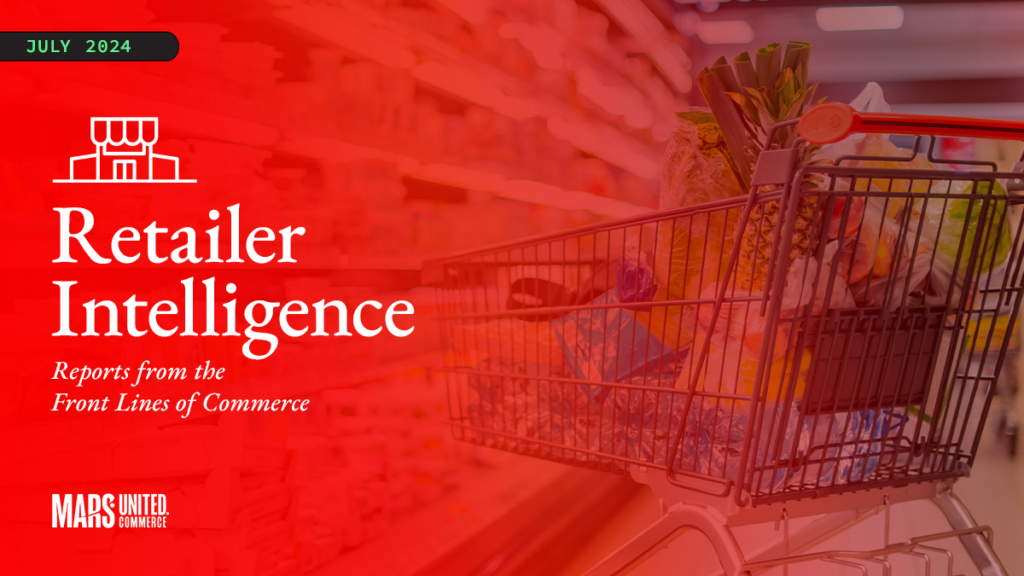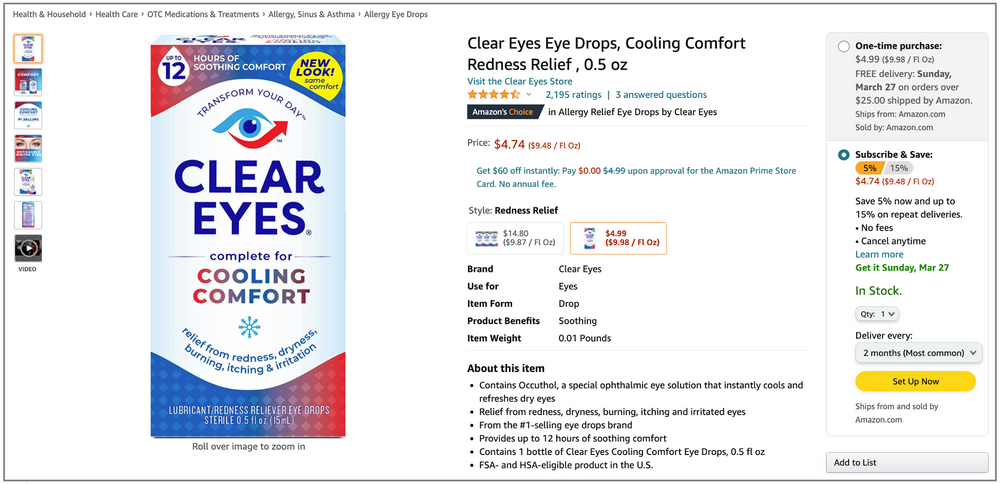
The following analysis is the last in a series of special reports from The Mars Agency providing a comprehensive overview of the key digital marketing opportunities available through five leading retailers in the CPG marketplace.
As we put a bow on our Digital Commerce Roadmap series, we tackle a topic that is near and dear to my heart: digital shelf optimization. We’ve previously discussed “Ratings & Reviews,” “Driving Traffic,” and “Winning Search.” While all of these elements are important, the digital shelf is the foundation for winning online.
I talk to ecommerce leaders around the world, and digital shelf optimization is part of our ethos. It’s a fundamental belief system that cascades to all of our teams and, in turn, drives conversion on retailer.com sites. However, “What’s the best way to optimize” and “How do I do it efficiently and effectively across multiple retailer sites?” are questions that I’m often asked.
To best answer these questions, you need to understand how shopper behavior differs across retailers, what elements make up a “digital shelf health score,” and maybe most importantly, what shoppers want to see from your brand.
There’s an art and a science to this dance, where we’re playing to the tastes of the shopper while satisfying a computer algorithm that is simply trying to serve up the most relevant search results. When we do it well, conversion rates skyrocket, and ecommerce teams win awards.
We hope you enjoy this final piece.
DIGITAL SHELF OPTIMIZATION ON:
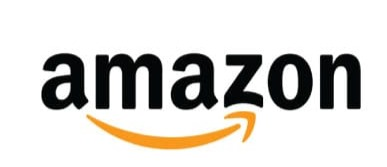
KEY CONSIDERATIONS
For success on Amazon.com. ensure that you have 7 images (or 6 images plus a video), 150 characters or more in your titles, 5 feature points, enhanced brand content, and 10 or more reviews for each listing.
Use third-party tools to measure keyword search volume and incorporate the most popular terms into your copy. Moving from page 2 to page 1 in results increases sales by 50% on average.
Leverage your brand store to cross-sell, further amplify storytelling, and gain brand followers. The store is similar to a multi-product display at a brick-and-mortar customer.
The Amazon digital shelf is an ever-evolving body of work that should be evaluated often. Think about how the shelf can evolve seasonally or for tentpole events/national media campaigns. Do not take a “set it and forget it” approach.
CONTENT GUIDELINES
PRODUCT TITLE: 105 characters in length, with the most relevant search term mentioned 1 time
ORGANIC SALES: Sales from paid ads are less important, which makes it critically important to have an SEO strategy in place.
OFFSITE TRAFFIC & SALES: Traffic funneled to Amazon from external sources — social platforms like Instagram, TikTok or blogs —is now weighted more heavily.
IMAGE COUNT: 7
REVIEW COUNT: Best-performing products have an average of 6,105 reviews
AVERAGE STAR RATING: 4.6 stars or higher
FAST FACT: Adding enhanced brand content to a product detail page increases sales by an average of 5%.
QUICK TIP: Ensure back-end keywords are populated for every ASIN (Amazon Standard Identification Number). Make sure your back-end keywords don’t repeat any public-facing copy and they will help your products be discovered by more shoppers.
DIGITAL SHELF OPTIMIZATION ON:
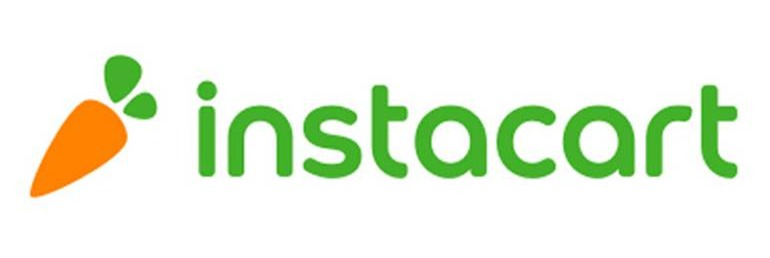
KEY CONSIDERATIONS
To win with Instacart, work with your retailers, a content service provider, or Instacart’s new Product Library to create an optimized customer experience. The Product Library gives brands control of their content and facilitates real-time content optimization based on the learning you gain from advertising programs.
Product Detail Pages (PDPs) should contain product titles that are 45-65 characters in length, 3+ images, and 3+ detailed bullet points. Instacart displays approximately the first 50 characters of a product’s title in search results.
Instacart allows shoppers to buy straight from search results. So consider adding text strips to hero images to convey key details such as product type, pack size, and/or count.
CONTENT GUIDELINES
SPONSORED PRODUCTS: Limitations on screen “real estate” determine the value of digital shelf space for brands and advertisers.
PRODUCT AVAILABILITY & ASSORTMENT: Make sure you have “decent” reach on the Instacart network: in terms of either total number of stores and/or geographic reach. Feature a minimum of 5 products per store.
PRODUCT ATTRIBUTES: Instacart concatenates the following from core product information to display to its customers:
BRAND_NAME, NAME, SIZE_VALUE, SIZE_UOM, UNIT_VALUE
PRODUCT TITLE: 45-65 characters in length, with the most relevant
search term mentioned 1 time
IMAGE COUNT: 3+
FAST FACT: 63% of online shoppers who have used Instacart say they plan to use it more in the future.
QUICK TIP: Instacart places its “Add to Cart” button on the top right corner of your hero image. Therefore, consider using horizontal text strips so your copy isn’t obstructed.
For more insight, read “Cheers to Instacart” and ”Transforming the Shopper Journey Through Instacart.”
DIGITAL SHELF OPTIMIZATION ON:
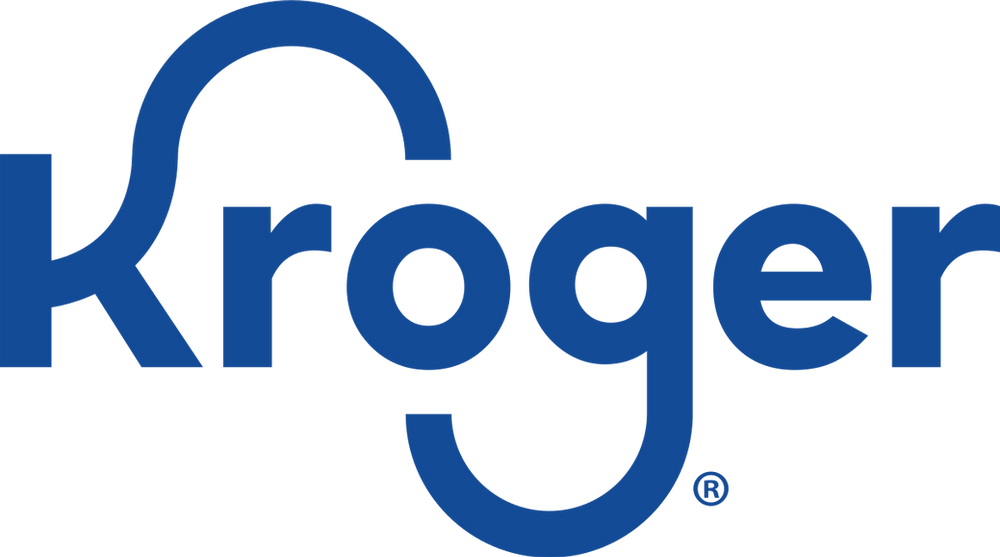
KEY CONSIDERATIONS
To win the digital shelf at Kroger, make sure you have 3+ images, product titles around 53 characters with the most relevant search term mentioned 1 time, 5 to 7 bullet points, 80-100 words in the product description, and 100+ reviews. Kroger’s algorithm is heavily weighted to a strong title and ensuring visual assets are driving search.
Your copy should be unique to Kroger (and not duplicated across other retailer sites) to improve search engine results.
To drive higher search ranking, label all content assets with the product name and use the alt text fields to insert keywords.
Kroger has a standardized scoring system to help shoppers easily find and identify more nutritious options within food categories. The retailer uses submitted nutrition information and its internal machine learning system to score products, so providing detailed information with correct attributes is key.
Kroger has icons on its sites to help shoppers identify SKUs that are, for example, kosher, vegan, or non-GMO. Be sure to include all applicable icons on your product pages.
CONTENT GUIDELINES
PRODUCT TITLE: 53 characters in length, with the most relevant search term mentioned 1 time
IMAGE COUNT: 3+
VISUAL ASSETS: Use image/asset name and alt text fields to drive maximum shopper value, and label all rich content assets with the product name to boost search ranking.
PRODUCT DESCRIPTION: Use 1-3 sentences, with 80 to 100 words about the product that are unique to Kroger; repeat the product title within the product description
REVIEW COUNT: The best-performing products have an average of 100 reviews
AVERAGE STAR RATING: 4.6 stars or higher
FAST FACT: Kroger does not accept videos in above the fold content.
QUICK TIP: Make sure you’re telling the product/brand story through the image set. Include package shots, the nutrition label, lifestyle images, and product detail images to provide a complete, compelling sales story.
For more insight, read “Evaluating the New Kroger PMP”
DIGITAL SHELF OPTIMIZATION ON:
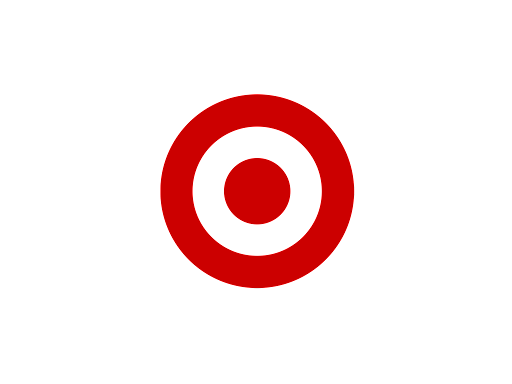
KEY CONSIDERATIONS
To win on Target.com, make sure you have 5+ images, a product title of 45-65 characters with the most relevant search term mentioned 1 time, 4 to 8 bullet points, a video with closed captioning, and 128-529 reviews. Target’s algorithm is heavily weighted to the number of images.
Target’s merchants expect a rating of 80% or higher on your Content Health Scorecard, which we discuss below. Underperformance can result in a fine being charged, but more importantly can limit your overall opportunities with the retailer.
Text on images is not allowed, except in the case of mobile ready hero images.
Target has a standardized icon system to help guests easily find and identify the wellness product attributes most important to them. Be sure to include all applicable icons on product pages as a part of your overall content strategy.
TARGET’S DIGITAL CONTENT HEALTH SCORECARD
Target partnered with Syndigo, a retail analytics company, to create an item-level Content Health Scorecard on Target.com.
This scorecard provides a quick overview of the vendor’s overall content “health,” along with a breakdown of TCINs (Target.com Identification Numbers) and best practices on how to act on items that are not meeting requirements.
Product titles are written and managed by Target, and therefore are excluded from the Content Health Scorecard.
Target expects vendors to maintain a Content Health Score of 80 (out of 100) or better. Vendors who do not meet these requirements are at risk of getting fined and losing valuable opportunities with the retailer.
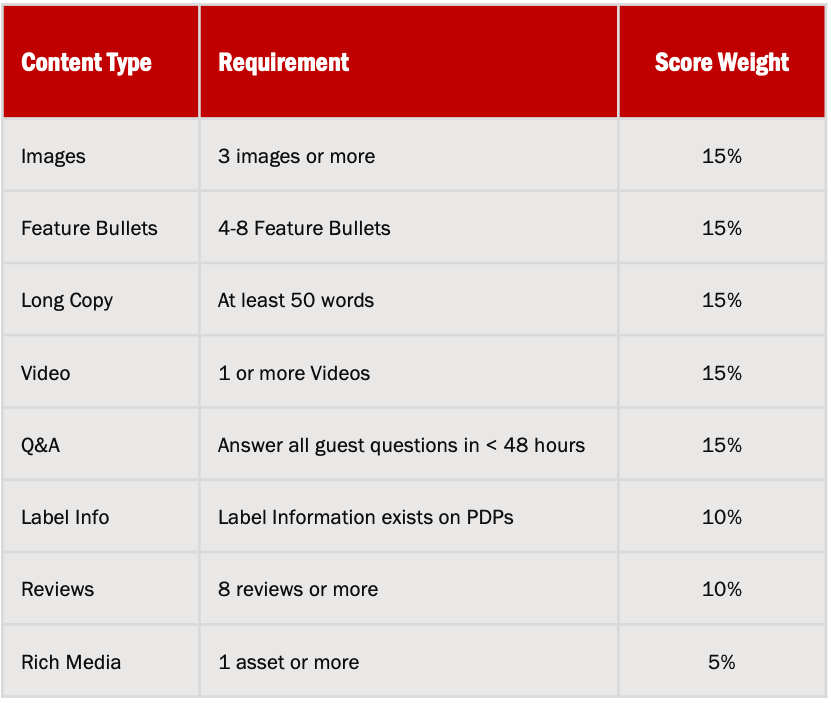
CONTENT GUIDELINES
PRODUCT TITLE: 45-65 characters in length, with the most relevant search term mentioned 1 time. (Note: The number of characters has little influence on search ranking.)
IMAGE COUNT: 5+
REVIEW COUNT: Best-performing products have between 128 and 529 reviews
WELLNESS ICONS: Target has a standardized icon system to help guests easily find and identify the product attributes most important to them. Due to their placement on the product page, these icons influence shopper conversion.
AVERAGE STAR RATING: 4.0 stars or higher is best practice to get shoppers to click on a product listing, but the star rating also has little influence on search ranking.
FAST FACT: 47% of Target.com guests reorder items from their purchase history.
QUICK TIP: Target offers brand stores, but for a fee. Brands must employ “always on” media strategies to be eligible for a store.
DIGITAL SHELF OPTIMIZATION ON:
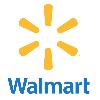
KEY CONSIDERATIONS
To win on Walmart.com, make sure you have 6+ images, a product title of 50-75 characters with the most relevant search term mentioned 1 time, 3-10 bullet points, 200+ words in your description, and more than 746 reviews. Walmart’s algorithm is heavily weighted to the numbers of images and reviews.
Fixing non-compliant content on Walmart.com can boost sales by as much as 33%.
Leverage SEO keywords to drive relevant organic reach; page 1 search results often can skew toward Walmart private label items.
The Walmart digital shelf is an ever-evolving body of work and should be evaluated often. Think about how the shelf can evolve seasonally or for tentpole events/national media campaigns. As with Amazon, you should not take a “set it and forget it” approach.
CONTENT GUIDELINES
PRODUCT TITLE: 65 characters in length, with the most relevant search term mentioned 1 time
IMAGE COUNT: 6+
PRODUCT DESCRIPTION: Walmart allows for much longer descriptions compared to other retailers: up to 4,000 characters. That creates extended opportunities to feature relevant search terms; a top 10 ranking organically is worth 4x more than using paid search alone to rank above the fold on the first page of results.
REVIEW COUNT: Best-performing products have an average of 746 reviews
AVERAGE STAR RATING: 4.6 stars or higher
FAST FACT: 54% of all U.S. retail ecommerce sales will take place on mobile devices in 2021.
QUICK TIP: Additional images beyond the first 4 or 5 will be hidden behind a click for desktop users, but the mobile experience accommodates a left-right swipe. Adding more images increases sales by an average of 23%. Take advantage of this to drive merchandising features and benefits.
For more insight, read “Evaluating the New Walmart DSP”
Special thanks to Profitero for the foundational insights behind this report.
About The Mars Agency
The Mars Agency is an award-winning, independently owned, global Commerce Marketing practice. With talent around the world, they connect people, technology and intelligence to make each client’s business better today than it was yesterday. Mars’ industry-leading MarTech platform, Marilyn®, helps marketers understand the total business impact of their Commerce Marketing, enabling them to make better decisions, create connected experiences and drive stronger results.



